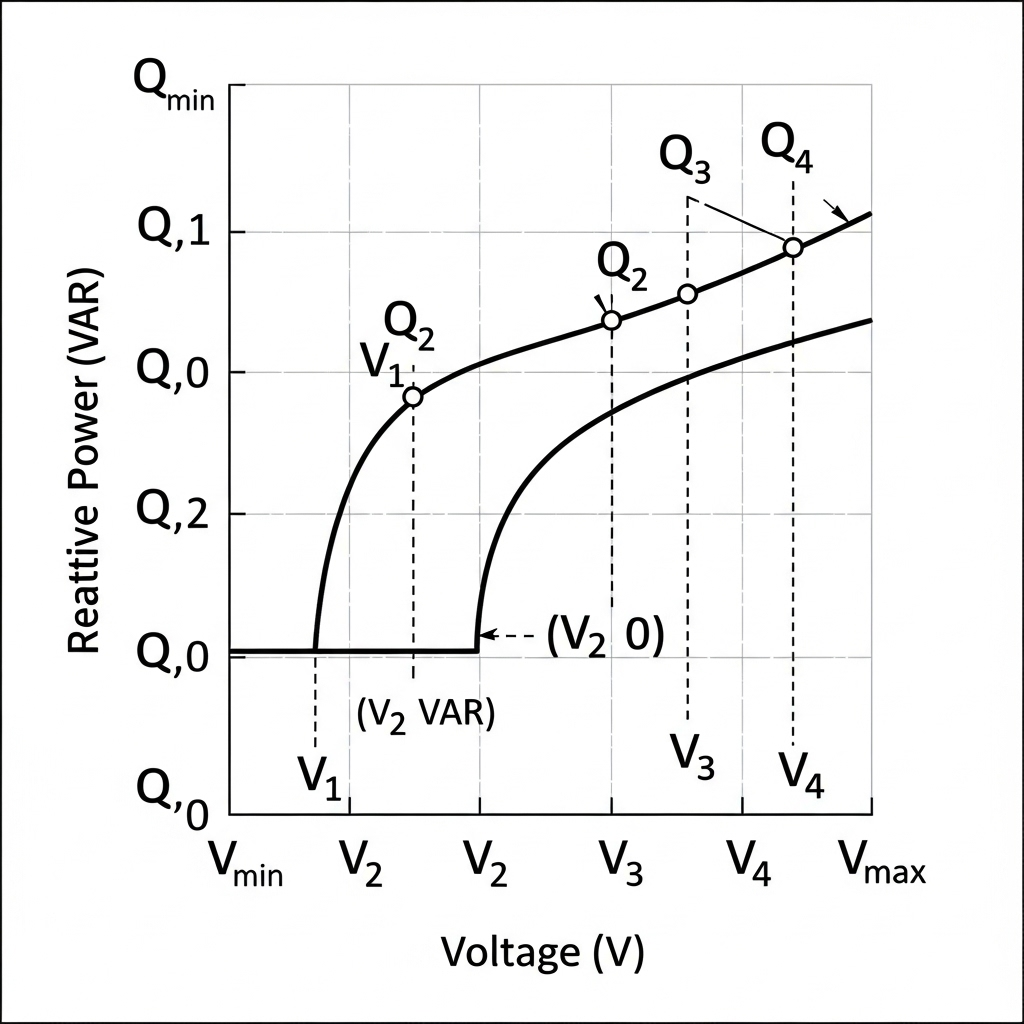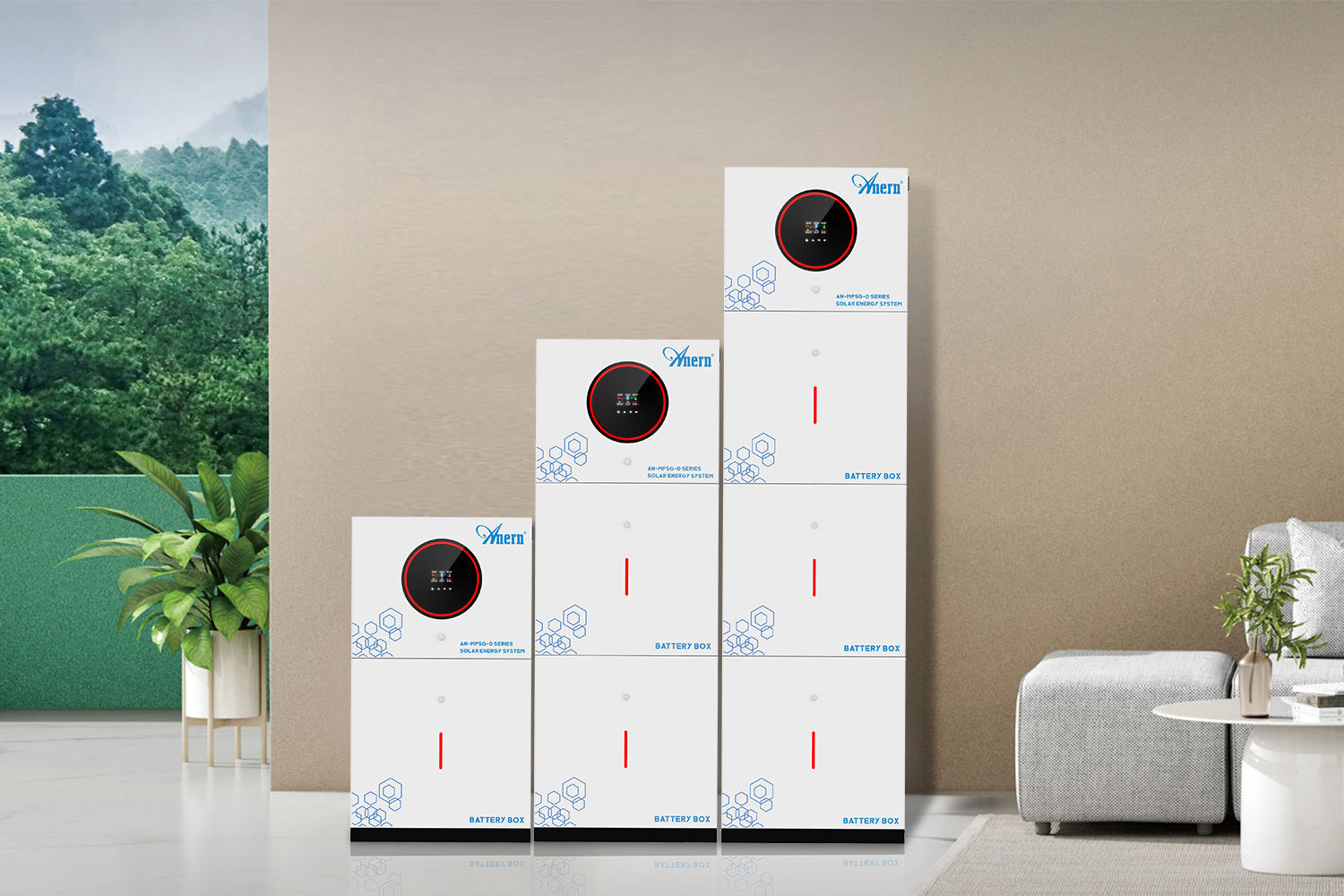The solar inverter is the heart of any photovoltaic system, diligently converting the direct current (DC) from your panels into appliance-friendly alternating current (AC). For years, silicon (Si) has been the workhorse semiconductor for this task. Now, a new generation of materials, specifically Gallium Nitride (GaN) and Silicon Carbide (SiC), is redefining the standards for efficiency and performance. This analysis examines the data and trends shaping the inverter landscape for 2025, comparing GaN and SiC to help you understand their distinct advantages.
The Foundation: Why Wide-Bandgap Semiconductors Matter
The transition to GaN and SiC is not merely an incremental update; it represents a fundamental shift in power electronics. Understanding the limitations of the old standard clarifies the importance of this evolution.
Limitations of Traditional Silicon (Si)
Traditional silicon-based inverters have served the industry well, but they are approaching their theoretical performance limits. They tend to generate more heat during power conversion, which requires larger heat sinks and cooling systems. This not only increases the inverter's physical size and weight but also represents wasted energy, lowering the overall system efficiency. As solar panel efficiencies continue to climb, the inverter can become a bottleneck, preventing the full potential of the generated power from being utilized.
The WBG Advantage: GaN and SiC Explained
Gallium Nitride and Silicon Carbide are known as wide-bandgap (WBG) semiconductors. This key characteristic allows them to operate at much higher voltages, frequencies, and temperatures than conventional silicon. This translates into tangible benefits: inverters that are smaller, lighter, and significantly more efficient. Higher efficiency means more of the DC power from your solar panels is converted into usable AC power, maximizing your energy harvest and return on investment.
GaN vs. SiC: A Head-to-Head Technical Comparison
While both GaN and SiC outperform silicon, they have distinct properties that make them suitable for different applications. The choice between them is a matter of optimizing for specific performance goals.

Switching Frequency and Efficiency
One of the most significant differences lies in their switching speed. GaN devices can switch at much higher frequencies than SiC. This allows for the use of smaller inductors and capacitors, which are key components in an inverter. The result is a more compact and lightweight final product. SiC, while typically operating at lower frequencies than GaN, offers exceptional efficiency and is extremely robust, particularly as power levels increase. Both technologies drastically reduce energy loss compared to silicon, pushing inverter efficiencies well above 98% in many cases.
| Property | Gallium Nitride (GaN) | Silicon Carbide (SiC) | Silicon (Si) |
|---|---|---|---|
| Bandgap (eV) | 3.4 | 3.2 | 1.1 |
| Breakdown Field (MV/cm) | 3.3 | 2.8 | 0.3 |
| Thermal Conductivity (W/cm-K) | 1.3 | 3.7 | 1.5 |
| Electron Mobility (cm²/V·s) | 2000 | 900 | 1400 |
Voltage and Power Handling
This is where the application differences become clear. SiC currently excels in high-voltage and high-power scenarios. Its material properties make it ideal for large utility-scale solar farms, electric vehicle fast-charging infrastructure, and industrial power systems. GaN is making its mark in low-to-mid-power applications. It is perfectly suited for residential string inverters, microinverters, and integrated power modules where size and weight are critical considerations.
Thermal Performance and Reliability
Both GaN and SiC manage heat far more effectively than silicon. SiC possesses superior thermal conductivity, allowing it to dissipate heat more efficiently in demanding, high-power situations. This enhances its long-term reliability. GaN's high efficiency means it generates less waste heat to begin with, which simplifies thermal management in compact designs. As manufacturing processes for both materials mature, their long-term reliability continues to be proven in real-world deployments.
Market Trends and Applications in 2025
The adoption of GaN and SiC is accelerating as costs decrease and the benefits become more apparent across all segments of the solar industry.
Residential and Commercial Solar
In the residential market, GaN is enabling the development of incredibly compact and efficient inverters. This allows for more flexible installation options and better aesthetics. For larger commercial rooftop systems, SiC-based string inverters provide the robustness and high efficiency needed to maximize energy production and financial returns. Higher inverter efficiency contributes to lower overall Balance-of-System (BoS) costs. As noted in a report on Renewable Power Generation Costs in 2024, BoS costs can constitute a major portion of the total installed cost of a PV plant.
Utility-Scale and Grid Integration
For large-scale solar projects, SiC is the dominant WBG technology. Its ability to handle high voltages and power levels makes it the clear choice for central inverters that manage megawatts of power. The trend of pairing solar with battery storage is also growing. A study on Renewable Power Generation Costs in 2024 highlights that utility-scale solar PV installations are increasingly being paired with battery storage to create hybrid systems that improve grid reliability.
The Role in Energy Storage Systems (ESS)
Inverter efficiency is paramount in energy storage. Every percentage point of efficiency gained means less energy is lost during the charge and discharge cycles of a battery. Both GaN and SiC contribute to higher round-trip efficiency in an ESS. The overall effectiveness of a solar storage setup hinges on how well its components work together. As detailed in the Ultimate Reference for Solar Storage Performance, the inverter's conversion efficiency directly impacts how much stored energy is available for your home, making WBG semiconductors a critical upgrade.
Looking Beyond 2025: The Future Trajectory
The momentum behind GaN and SiC is set to continue, driven by falling costs and advancing technology that will further unlock their potential.
Cost-Down and Manufacturing Maturity
While currently more expensive than silicon, the cost of GaN and SiC components is steadily decreasing as manufacturing volumes increase and processes improve. This trajectory mirrors the dramatic cost reductions seen in solar modules over the past decade. A report on Solar PV Global Supply Chains points to the historical cost declines in PV manufacturing, a trend expected to influence related components like WBG semiconductors.
Next-Generation Inverter Topologies
The high-frequency capabilities of GaN and SiC are enabling engineers to design more sophisticated inverter circuits, such as multi-level topologies. These advanced designs can further improve power quality, reduce electrical noise, and boost efficiency even higher. This continuous innovation ensures that inverters will keep pace with advancements in solar cell technology, supporting a more efficient and resilient energy infrastructure.
Your Takeaway on Inverter Technology
The era of wide-bandgap semiconductors is here. GaN is driving innovation in compact, high-frequency applications ideal for the residential sector, while SiC provides the raw power and robustness needed for utility-scale projects. The choice is less about which is definitively 'better' and more about which is right for the application. For consumers and system designers, this competition and technological advancement lead to more efficient, reliable, and cost-effective solar energy solutions. The clear trend is a move away from the limitations of silicon, paving the way for a new standard in power conversion.
Frequently Asked Questions
Are GaN or SiC inverters more expensive?
Currently, inverters using GaN and SiC components have a higher upfront cost than traditional silicon-based models. This cost is often offset by higher efficiency, smaller size, and reduced need for cooling systems, leading to a lower lifetime cost of energy. As manufacturing scales, the initial cost difference is expected to decrease significantly.
Which is better for a home solar system, GaN or SiC?
For most residential applications, both technologies offer significant advantages over silicon. GaN inverters can be smaller and lighter, which is beneficial for microinverters or compact string inverters. SiC is also an excellent choice for its robustness and high efficiency. The best option depends on the specific system design and manufacturer.
How do GaN and SiC impact battery storage efficiency?
They play a crucial role. Higher inverter efficiency means less energy is lost when converting DC power from the battery to AC power for your home and vice-versa during charging. This improves the round-trip efficiency of your entire energy storage system, maximizing the usable energy from your batteries.





Leave a comment
All comments are moderated before being published.
This site is protected by hCaptcha and the hCaptcha Privacy Policy and Terms of Service apply.